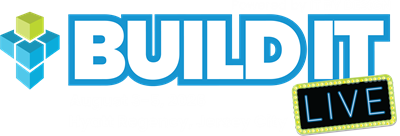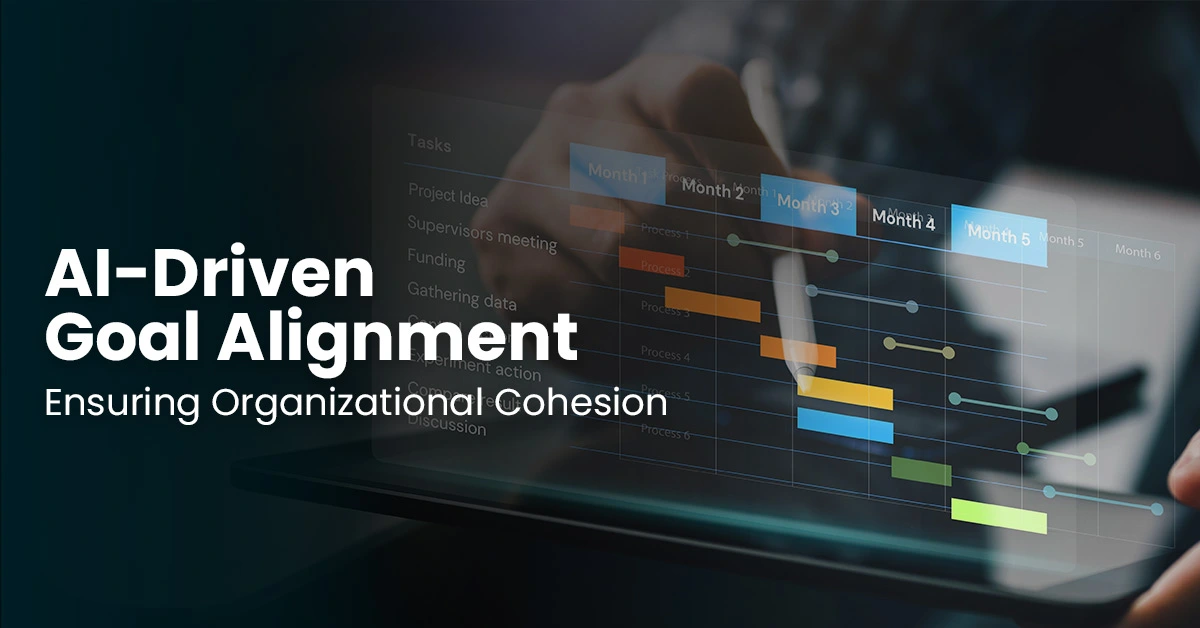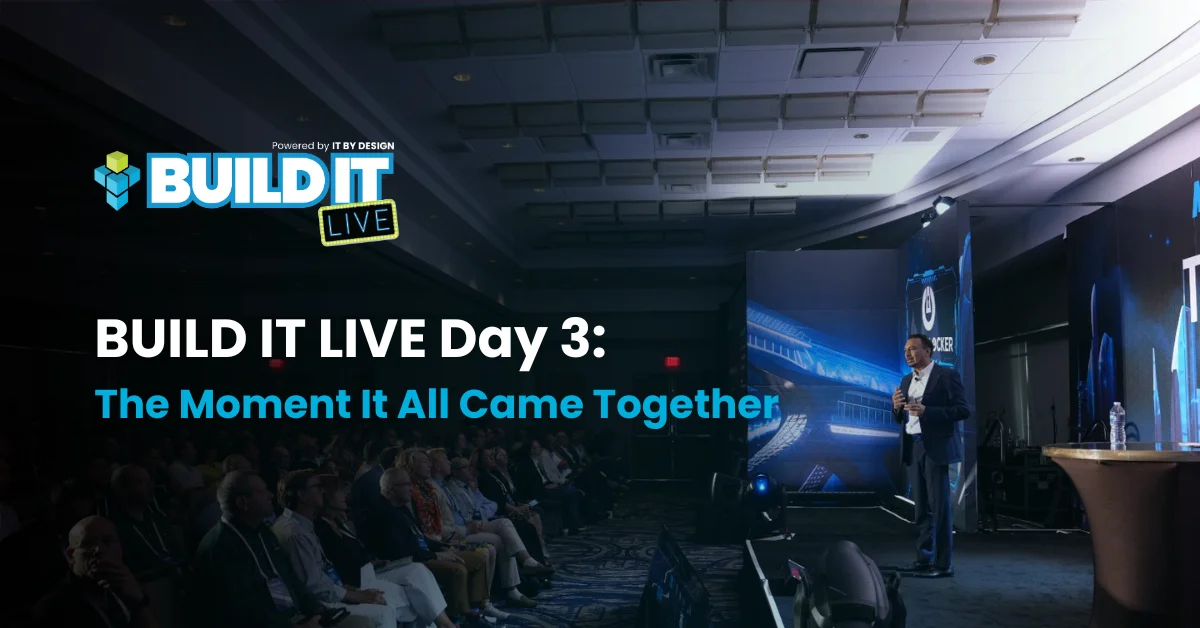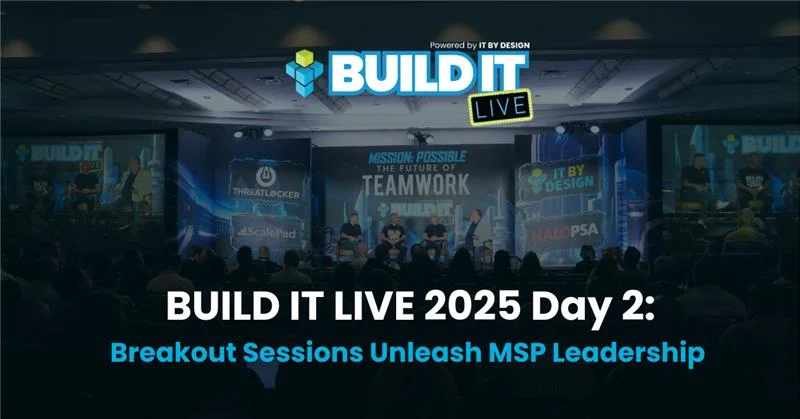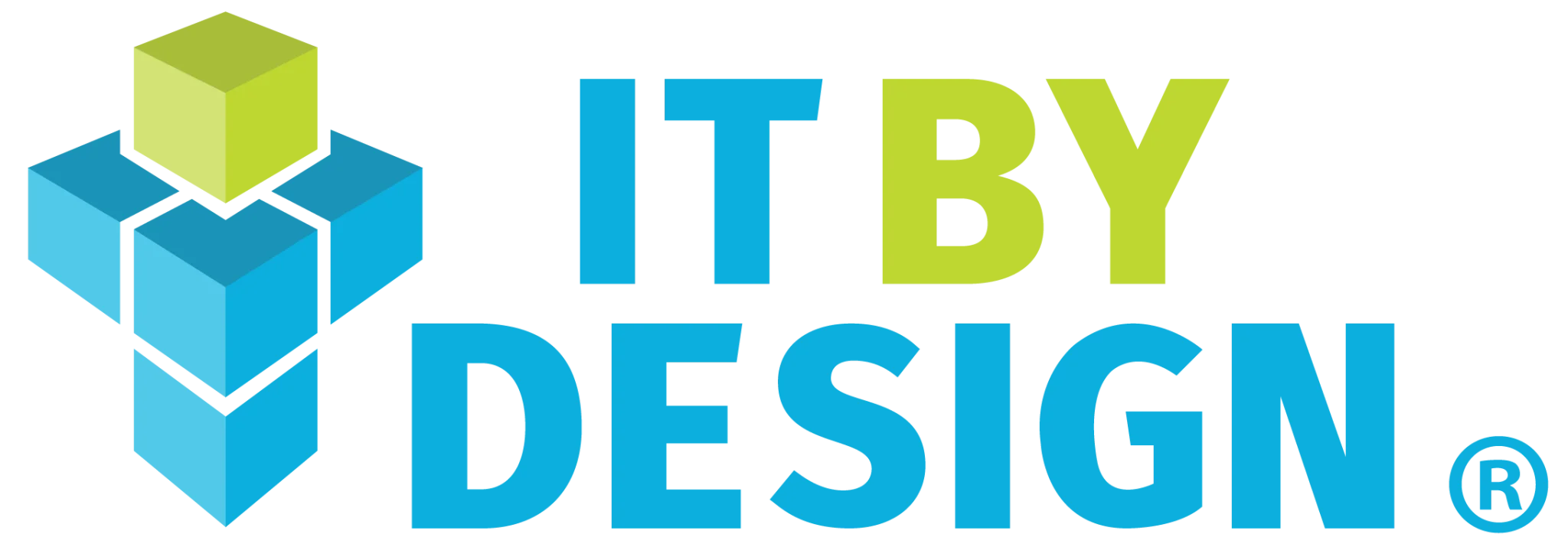The rapid emergence of generative AI in MSP operations is poised to disrupt a dynamic the technology sector has relied on for decades. Yet, for managed service providers (MSPs), this shift also represents a critical opportunity to reimagine operations and tap into a new, lucrative service market.
Traditionally, MSPs and system integrators (SIs) have served as indispensable partners, helping businesses manage the complex integration of hardware, software, storage, and networking systems. But now, with enterprises funneling billions into AI-driven automation, MSPs are at a crossroads: adapt and innovate—or risk being left behind.
The good news? There’s never been a better time to accelerate service delivery using AI for project management. As McKinsey points out, the emerging market for generative AI services could surpass $200 billion by 2029, with profitability gains up to 30% for those ready to transform. By strategically implementing AI for project management, across the service delivery lifecycle—MSPs can drive speed, precision, and customer satisfaction at scale.
This blog outlines how AI for project management can speed up the success of scope-of-work (SOW) to delivery.
The MSP Project Bottleneck
For many MSPs, projects still follow an old-school playbook. SOW is manually drafted, resources are scrambled together, and project timelines stretch as change requests and misaligned expectations accumulate. Project managers often juggle spreadsheets and emails to track tasks, while final reports take days or weeks to compile post-delivery.
This legacy approach creates friction at every stage: sales-to-delivery handoffs, resourcing delays, inaccurate scoping, and frustrated clients waiting on updates.
The merger of AI and project management can break the bottleneck. With purpose-built tools and platforms, MSPs can now streamline every phase—from SOW generation to post-project debrief—while increasing accuracy, transparency, and scalability.
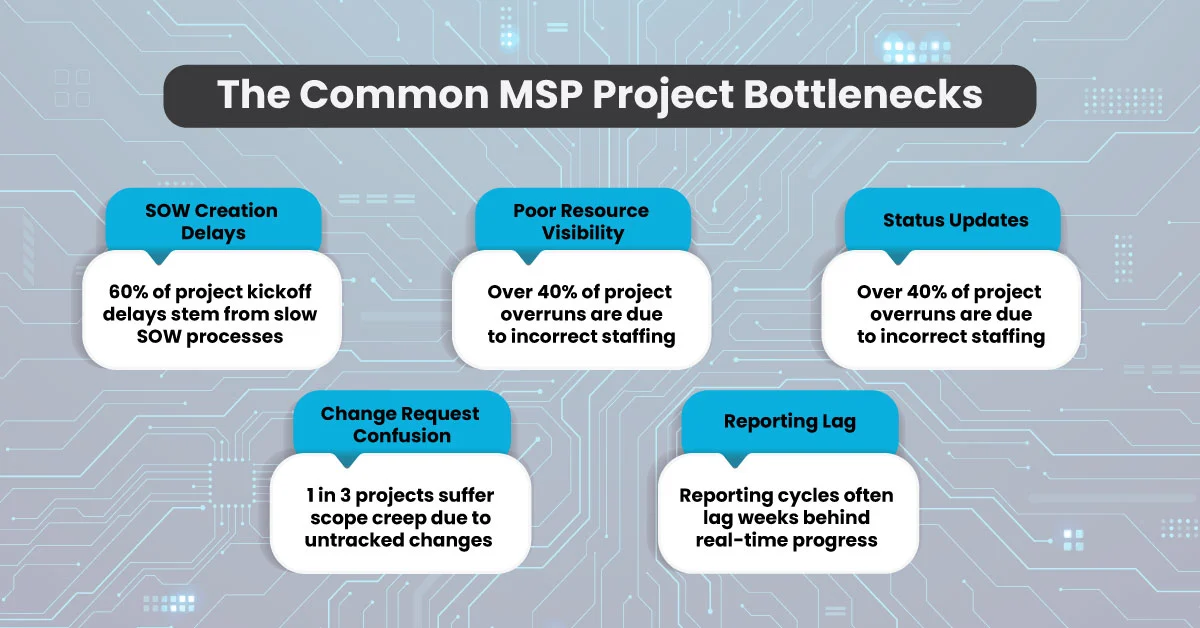
In the relatively short period of time since enterprises started working with gen AI, they have already begun to evolve how they navigate the technology. For starters, they are now facing up to the myriad challenges many have already experienced in attempting to adopt gen AI: high costs, particularly from trying to leverage LLMs on a large scale; insufficient cloud and data readiness of the tech stack; the reliability of gen AI output; and uncertain risks related to regulation, intellectual property, ethics, and more. Instead of relying on one vendor, enterprises are increasingly using multiple model providers to develop their gen AI use cases.
However, behind every bottleneck lies an opportunity—one that AI-powered solutions are now uniquely positioned to solve through smarter, faster, and more context-aware project execution.
Generative AI for SOW generation
Using transformer-based models fine-tuned on internal project documentation and industry-specific service catalogs, AI project management can auto-generate contextual, contract-ready SOWs by ingesting:
- Sales call transcripts (via speech-to-text NLP)
- CRM opportunity fields (e.g., service tiers, industries)
- Resource availability matrices
- Historical ticket patterns for similar clients
These models draft detailed SOWs within minutes and predict potential gaps or risks, such as unsupported platforms, under-estimated service hours, or conflicting dependencies, based on probabilistic outcomes from historical engagements.
AI for Resource Planning
Project success relies on how efficiently resources are aligned with delivery expectations after SOW approval. Legacy resourcing models depend heavily on manual lookups, availability charts, and guesswork.
Modern AI platforms eliminate guesswork through graph-based resource matching algorithms and ML-powered recommendation engines. These systems assess key factors like:
- Technical certifications
- Real-time utilization metrics
- Past project performance scores
- Soft factors like time zone alignment, language fluency, and client affinity
By using collaborative filtering (like Netflix or Amazon recommend content), AI project management platforms can assemble the best-fit teams not only by technical skill but also by context. The result? Faster staffing decisions, better project outcomes, higher resource utilization, and improved client satisfaction—all while reducing the load on project managers.
Real-Time Project Tracking
Legacy dashboards often aggregate data post-factum. They lack nuance, context, and forward-looking visibility.
With the Implementation of AI for project management, dashboards pull live data streams from your PSA, RMM, collaboration tools, and ticketing systems. They use streaming analytics frameworks like Apache Kafka or AWS Kinesis to process events in real-time.
But the real differentiator is predictive analytics. These dashboards use time-series forecasting models (e.g., ARIMA, Prophet) and ML classification algorithms to:
- Detect project delays before they occur
- Flag resourcing bottlenecks
- Identify at-risk deliverables based on task progression velocity
- Estimate budget overrun based on historical burn patterns
AI also enables natural language generation (NLG) for intelligent status summaries, allowing PMs to get executive-level updates without trawling through tools. For clients, configurable views enable transparency, with alerts tailored to priority areas.
Debriefing and Client Reporting
In the post-project phase, the priority shifts to extracting learnings and demonstrating value. Traditionally, this involves digging through logs, reports, and dashboards to create sanitized, digestible summaries.
AI dramatically reduces effort here by:
- Using NLG (Natural Language Generation) to draft client-ready executive summaries.
- Auto-generating visualizations through intelligent report templates, customized to the client’s KPIs and SLAs.
- Applying sentiment analysis to post-delivery feedback, detecting friction points or unmet expectations before they escalate.
Moreover, AI can run comparative performance diagnostics—benchmarking the project against industry metrics or internal baselines. For internal retrospectives, AI can even correlate CR frequency with scope clarity, identify high-performing engineers, and suggest operational changes for better outcomes next time.
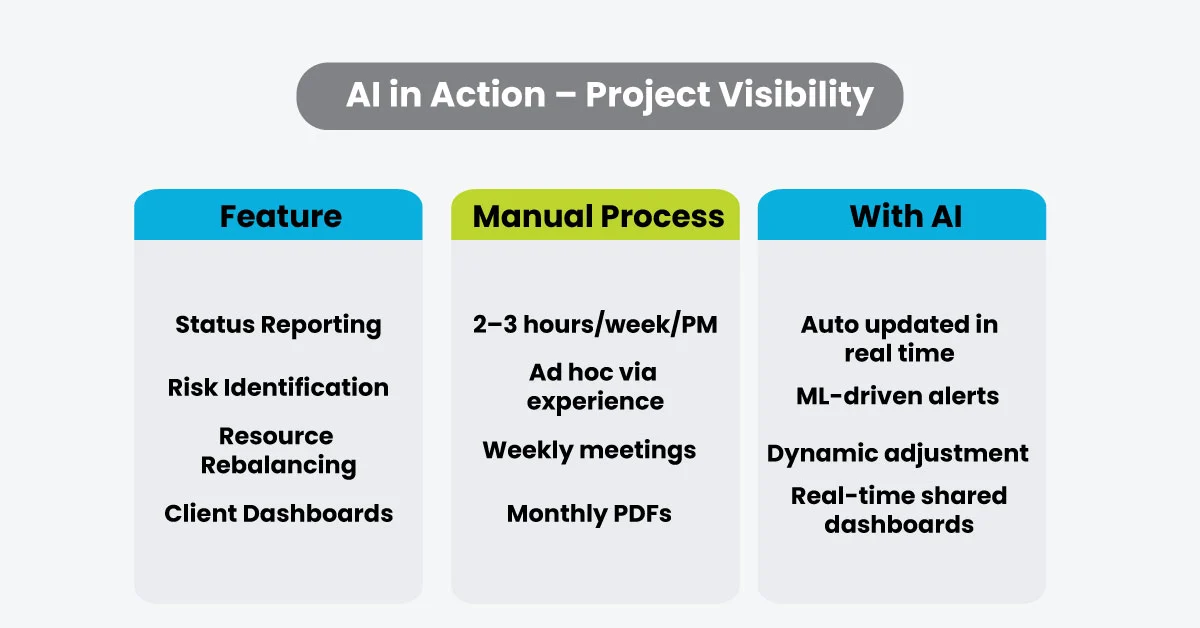
What This Means for MSPs
With this AI stack in place, MSPs can shift from reactive firefighting to predictive, proactive, and profitable delivery. AI doesn’t just “speed up projects”—it redefines how project services are conceived, delivered, and evolved.
❝ You’re not just saving time—you’re compressing cycles, unlocking scale, and building trust through radical transparency. ❞
The Future Isn’t Coming—It’s Here
The opportunity is massive—but only for those ready to act. MSPs clinging to traditional project delivery models will struggle with speed, transparency, and adaptability. But those who embrace AI? They’ll accelerate delivery, boost margins, reduce churn, and attract a new kind of client.
This reinvention goes beyond tools—it’s a mindset shift. Teams must be upskilled. Processes reengineered. Value, redefined.
That’s exactly what you’ll explore at Build IT LIVE 2025—one of the top MSP Leadership conferences in the U.S.—during an exclusive breakout session with Alex Golden, Product Specialist at HaloPSA.
Alex brings real-world insight into streamlining operations and delivering smarter, faster, AI-powered services. He’ll walk you through practical frameworks and actionable strategies to transform how you scope, deliver, and scale projects—from SOW to success.
Looking to learn from the best? MSP leadership summits around the globe are where future-focused providers gather. But if you’re ready to level up, this is your moment.
Register now for Build IT LIVE 2025 and stay ahead of the curve!
Let AI help you do what you do best—only better, faster, and smarter.
